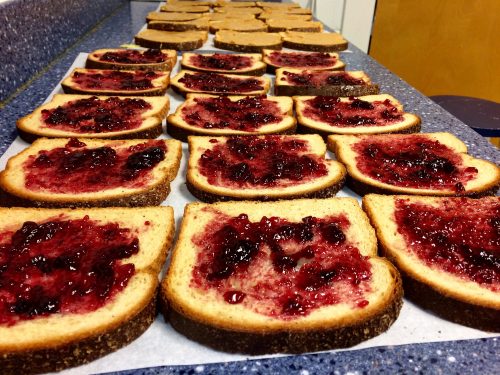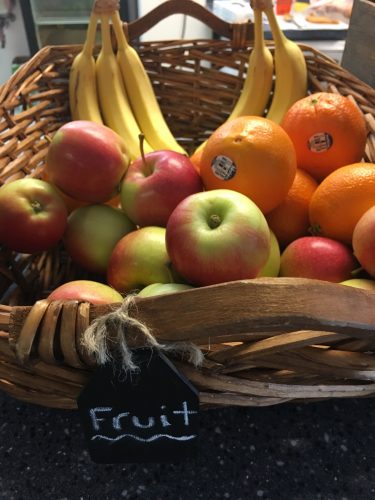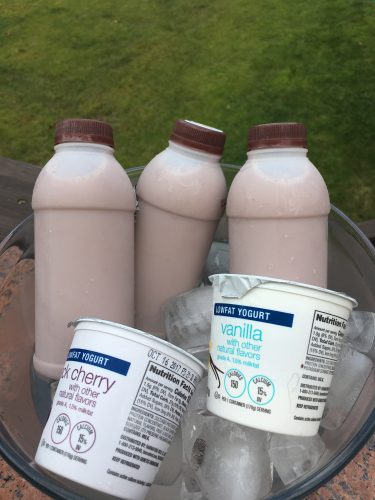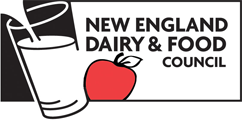This post was written by former intern Carly Orlacchio, an undergraduate nutrition student studying to become a dietitian at the University of New Hampshire. She loves track and field and has a passion for understanding the mechanics of nutrition for optimal sports performance.
You may have heard of fueling stations in reference to the Olympics, college sports, or any other intense athletic event. In this blog post, I will introduce what fueling stations are, why they are so important for athletes, and how dairy plays a central role.

Why Athletes Need to Fuel Around Exercise
Sports dietitians emphasize how important it is to make sure athletes are properly fueling before, during, and after training. Exercise requires fuel to help the muscles move, the mind focus, and to recover in time for the next training session, which is sometimes that day.
Right before exercise, items chosen should be easy to digest and familiar to the athlete. “Quick carbs” are the go-to options, as they provide instant energy. Examples include applesauce, a small banana, or crackers.
After exercise, the athlete needs to consume:
- High-quality protein to help repair the damage done to their muscles and to promote the creation of new muscle.
- Carbohydrates to help with muscle repair and growth, calories to replace those that were lost, and to restore the fuel levels stored in the muscles.
- Fluid and electrolytes to ensure the athlete doesn’t go into their next training session dehydrated.

But student athlete juggle training, school, and a social life, so it can be hard for them to remember to pack snacks for class or drop by the dining hall for a quick lunch.
This is where fueling stations enter.
What is a Fueling Station?
Fueling Stations are typically set up where the athletes train and compete for easy access. The station provides foods and drinks at no cost to the athlete, since the goal is to increase food and beverage intake rather than create barriers to do so.
Foods and drinks offered are purposeful: They provide the right types of carbohydrates to fuel up for a training session and the right amount of protein and carbohydrates to help repair muscles afterwards. The athletes then chose whichever option suits them best.
Items offered are simple, low-cost, and reinforce to athletes how eating for performance is simple and can be easily replicated at home.
Before training, athletes tend to gravitate towards pretzels, fruit, and granola bars. After practice, athletes could enjoy trail mix, peanut butter and jelly, yogurt, and chocolate milk.
Students interested in becoming sports dietitians volunteer to gain experience as fueling station workers, since sports dietitians may be present to provide on-the-spot nutrition education to help athletes understand the link between nutrition and performance.

How Dairy Plays a Role
Chocolate milk is an extremely popular recovery drink due to its nutrient profile–especially after a hard training session. Chocolate milk has the ideal ratio of carbohydrates to protein, meaning that the body receives a nutrient-rich package to help optimize recovery from exercise. Chocolate milk also provides electrolytes that help maintain fluid balance, which is great for hydration. For an in-depth review of the importance of chocolate milk as a recovery beverage, click here. But don’t forget white milk! It also has a place as a recovery option.
What the Fueling Station Means To Me
Having been an athlete my whole life and majoring in nutrition at university, I have always had a strong passion for sports nutrition. I have learned a lot about sports nutrition from volunteering at a fueling station throughout my college career.
Updated September 7, 2017

